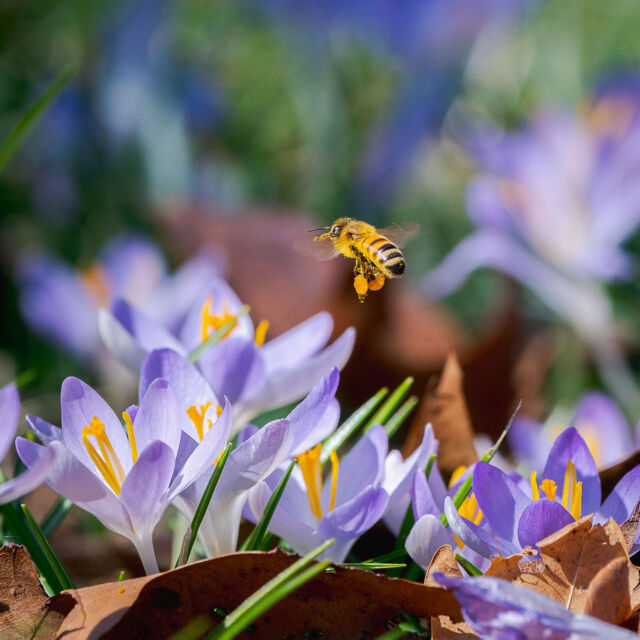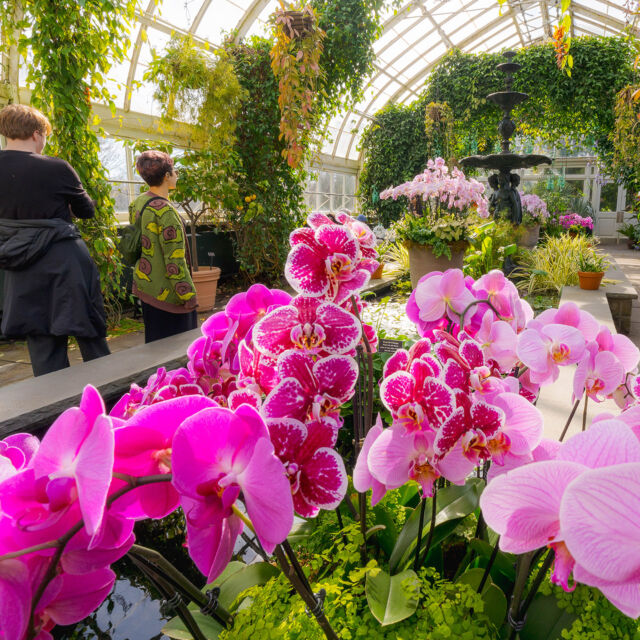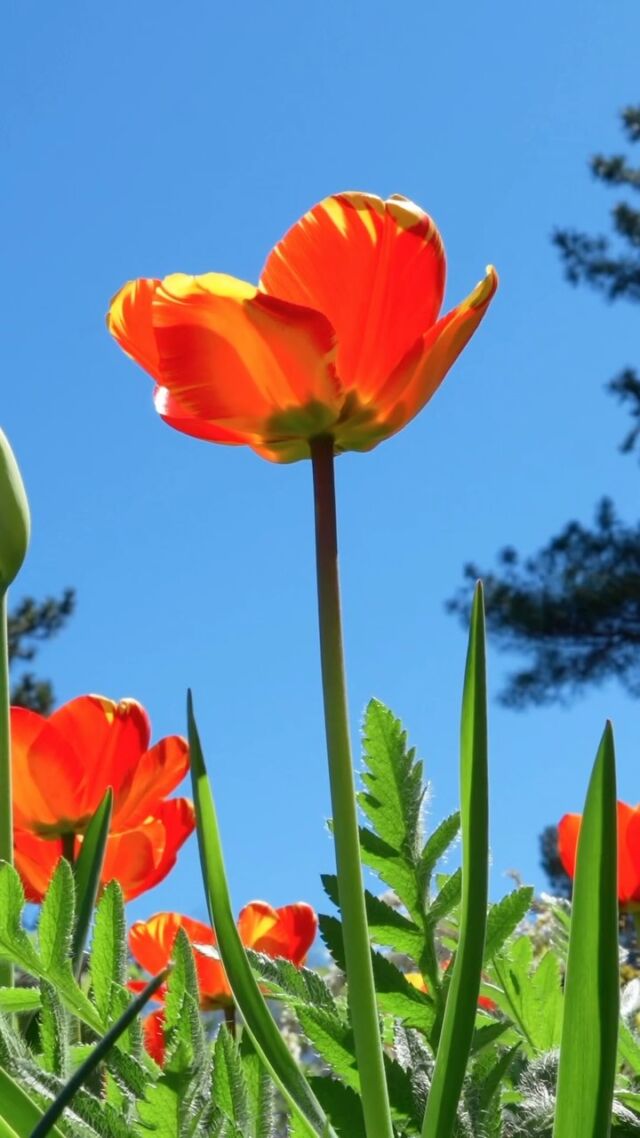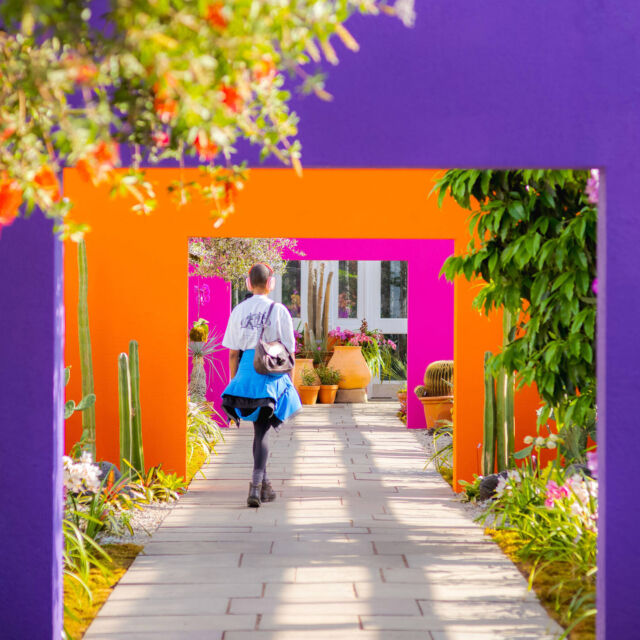The Hand Lens Submitted for the GLAMi Awards
MuseWeb—an organization created to to support, catalyze, and undertake innovative projects that transform the business of culture, helping the cultural sector become more sustainable, accessible, and relevant—hosts an annual conference focused on innovation within cultural institutions. Each year Galleries, Libraries, Archives, and Museums (GLAM) participate in the GLAMi Awards, which recognize and celebrate the most innovative projects in the cultural heritage sector. This year NYBG is proud to submit The Hand Lens for consideration!
Check out the video submitted to the competition above, then dive into the motivations behind this new endeavor by our staff in the Steere Herbarium.
The Hand Lens is a new collections storytelling platform developed by The New York Botanical Garden to bring herbarium specimens, and the stories behind them, to the public.
Many people get excited about seeing dinosaur bones in a natural history museum, but they might not know that plants have museums of their own in herbaria around the world. Herbarium specimens have been collected and preserved for over three centuries, documenting plants that are growing in nature and how these communities have changed over time. NYBG has one of the largest herbaria in the world, with over 7.8 million specimens of plants, algae, and fungi. This collection is not available to the public and even visitors who come to the grounds to see our incredible living collections may not know we exist. We wanted to change that.
For 25 years, we’ve been digitizing these collections and making them freely available online through the Virtual Herbarium. To date, we have digitized over 4 million specimens. This is a vital tool for researchers who typically know exactly what they’re looking for and how to find it. But what if you’re not a specialist and you don’t know where to start? How do you find something of interest buried in a resource of 4 million objects? And how do you understand the significance of a specimen when the only information you have is what fits on the associated scientific label?
That’s where The Hand Lens comes in. We wanted to go beyond the basic collections search we were offering and provide interpretive information about specimens and associated materials in order to contextualize our collections in terms of art, history, science, and conservation. We want The Hand Lens to draw in a wide audience with these topics—families with children, students, plant lovers, those curious about science and nature, visitors to the Garden. In getting this audience interested in learning more about botany and herbarium collections, The Hand Lens fulfills NYBG’s mission to be an advocate for the plant world through programs in horticulture, education, and science.
Specimens allow us to time travel; to see into the past, the future, and to understand current events. Specimens are works of art and they let us see patterns in both the specimen itself and where plant species can be found around the world. Specimens let people see where their food comes from while also allowing us to highlight nature’s curiosities. Specimens let us celebrate events and all the people behind the collections. Our goal is to get the public to look closer, to spark their curiosities, and to find their own stories.
Why call it The Hand Lens? A hand lens is a simple magnifier that helps you easily see smaller plant features up close. Because the collection isn’t open to the public, The Hand Lens is our way of helping the public take a closer look at our specimens and hear the stories behind the collections.
SUBSCRIBE
Enter your email address to subscribe to this blog and receive updates on new posts.











